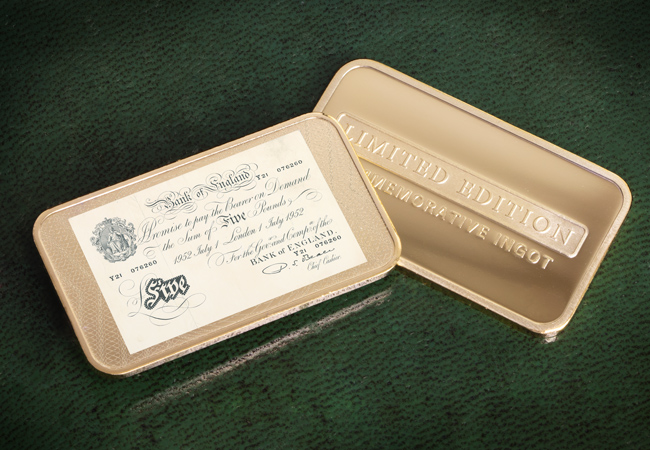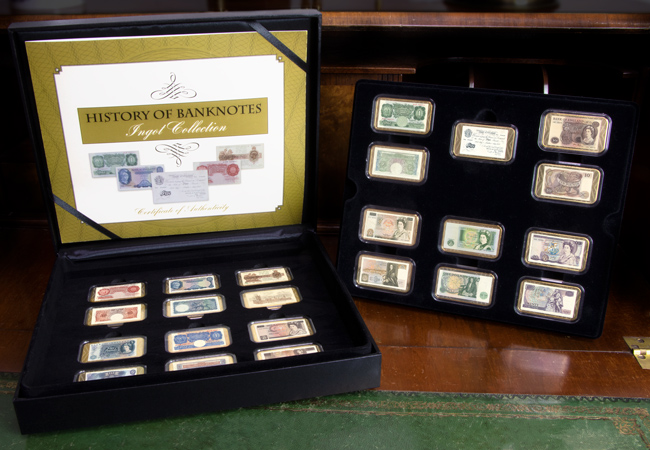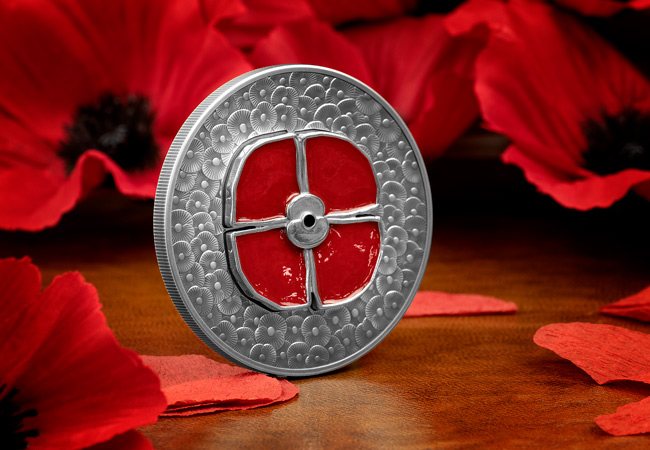Second World War
Gifting a Poppy Masterpiece
Each year, as many of you collectors may know, here at The Westminster Collection, we release a special Masterpiece coin in partnership with the Royal British Legion. A donation from the sales of our Poppy coins is made to the Royal British Legion, on your behalf.
2021 saw a special centenary year for the long-established charity, with many celebrations held, including the laying of a wreath at the Cenotaph by RBL National President Lieutenant General James Bashall CB CBE.
One such way we commemorated this important event was the gifting of our prized Remembrance Masterpiece Poppy Coin to D-Day veteran Jim Healy.

Jim is 97 and from Manchester – he was born in the Spring of 1925 and was called up to join the Armed Forces at the age of only 18. He served in the Royal Marines from May 1943 until August 1945, telling RBL he couldn’t even swim being a Manchester boy! His specific role was Coxswain of the Landing Craft Assault (LCA).
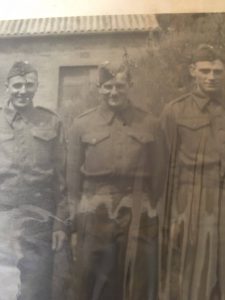
He landed on Juno Beach on D-Day 1944 and during his time in service, made several trips to land Canadian troops on the coast of Normandy. Describing one such trip he said, “I really admired these lads, I saw some wrecked craft, which must’ve copped a mine, but we were fortunate going in on a high tide, we avoided the mines in the water, going over the top of the obstacles.”
Jim is now a retired printer. He married his wife Marie at the age of 25 and they were married for 38 years, but she sadly passed 30 years ago. His brothers Tom and John also served in the Forces. Tom served in the Royal Air Force, and John worked in munitions.
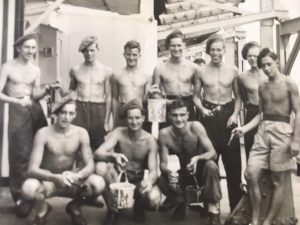
With the Royal British Legion, Jim has been back to Normandy and took part in the D-Day 75 commemorations in northern France in the Summer of 2019. He has said “I’ve had a whole life before and since D-Day, and it’s only since the RBL started organising these trips that I’ve really started talking about those days.”
“…you’ve got in mind the lads you’ve lost – we lost ten of our boats and even mine was classified as lost, the family were told that I was missing in action, because our craft was disabled in the middle of the sea.”
Jim added “I still don’t know which of those soldiers we dropped off died and which ones survived, which is sad for me. I often think about them, we offer our condolences at various times each year and I know the Canadians suffered heavy losses on Juno Beach, but I never knew them really, which is quite hard.”

The Masterpiece which has been gifted to Jim is crafted from 1945 British Army Mess tins, a World War Two Spitfire and a D-Day Landing Craft, similar to the one piloted by Jim himself on June 6, 1944. Representing the three military facets of RBL, we have repurposed these important materials to create a three-dimensional ‘1921 style’ Poppy, which sits magnificently on the coin.

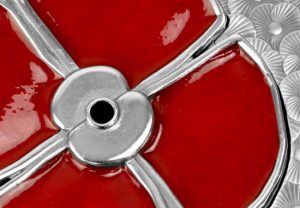
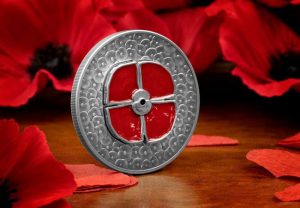
Jim has said “I’m very proud to receive this coin, it is a fitting reminder of my time in the Marines during World War Two and I am very grateful. I do get called a hero, but it is a word that’s over-used these days, even by my own family.”
We feel honoured that our 2021 Masterpiece Silver 5oz Poppy Coin has been gifted to Jim and what a fitting tribute that it’s one of our most historically fascinating pieces to have ever been released.
Our partnership, held since 2004, continues with the Royal British Legion who provide financial, social, and emotional support to members and veterans of the UK Armed Forces, their families and dependents.
Was this the most famous Banknote ever issued?
First issued by the Bank of England in 1694, Banknotes were originally supposed to be used as a receipt in exchange for gold loans to the bank. Owners of Banknotes could literally take their note to the Bank of England and exchange it for the equivalent price in gold.
In fact, all British notes still have the statement “I promise to pay the bearer on demand the sum of…” to this day.

Britain stopped using the gold standard in 1931, meaning that the right to redeem Banknotes for gold ceased. And by 1945, a metal thread had to be introduced on the £5 note following a security threat from Nazi Germany.
In this blog, we’ll explore the history of the ‘White Fiver’, why an estimated 70,000,000 of these ‘notes’ were burned and the story of one of wartime’s most over-the-top secret plots…
The Story Behind The ‘White Fiver’
The £5 note was only ever intended as a temporary measure, William Pitt, the Prime Minister at the time originally planned to take the £5 out of circulation once economic conditions improved. However, the £5 note has since become the longest serving denomination and at one point was even the highest denomination Bank of England note.
Active between 1793 and 1945, the Bank of England’s White Paper £5 note was the second variant of the denomination and became known as the ‘White Fiver‘. Much bigger than today’s equivalent (which stands at 135 x 70mm), the original paper notes were a huge 195 x 120mm.
But production of these notes was halted during World War II and a new metal thread security feature was introduced to combat counterfeiting attempts from Nazi Germany.
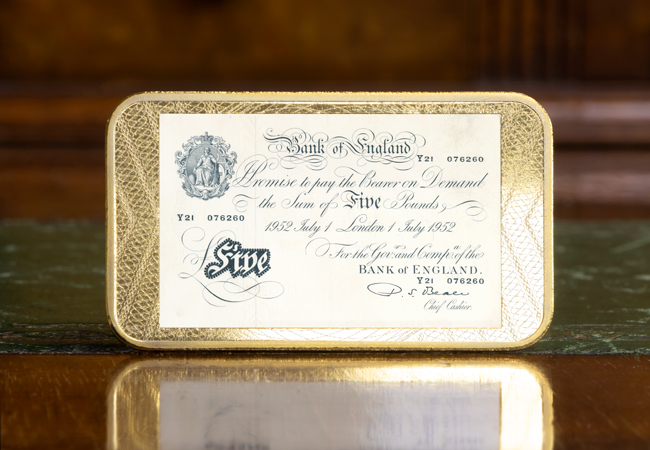
Operation Bernhard
The largest counterfeiting operation in history, Operation Bernhard was the codename of a secret Nazi plot to destabilise the British economy. The Nazis planned to drop counterfeit notes throughout Europe to cause artificial inflation of the British pound.
In 1942, production of counterfeit British ‘White Fivers’ began behind the gates of Sachsenhausen concentration camp. Prisoners worked to perfect the process, revealing over 150 secret security marks, creating identical ink, solving the serial numbering system and printing the notes. By 1945 it is estimated that 70,000,000 notes were printed by inmates – a cache of upwards of £100,000,000.
The plot never came to fruition and at the end of the war Nazis burned huge amounts of British “currency”. But the Bank of England didn’t take any chances and withdrew all circulating notes.
Unsurprisingly Operation Bernhard, as it was known, is remembered as one of wartime’s most over-the-top secret plots.
And that’s why, over 60 years since it was legal tender, the ‘White Fiver’ remains the most famous banknote ever issued…
Your Limited Edition Collecting Opportunity
Today you can own the White Fiver Gold-plated Ingot for FREE (+p&p) when you trial the History of Banknotes Collection.
Your White Fiver Ingot is plated in 24 Carat Gold and struck to a Proof-like finish, framing the famous black and white design superbly.
Just 9,950 of these White Fiver Gold-plated Ingots have been issued for collectors worldwide, a tiny number given the important part the White Fiver has played in British history.
And what’s more, you will gain exclusive access to the History of Banknotes Ingot Collection.
Introductory Offer
The White Fiver is an Introductory Offer for the History of Banknotes Ingot Collection. Each month, you’ll receive two Gold-plated Banknote Ingots for £25.00 (+p&p). Next month, you’ll also receive your FREE Presentation Case to house your collection. You can cancel your subscription at anytime. Click here to secure yours >>
The story behind this year’s RBL Masterpiece Poppy Coin
Want to know how a 1945 British Army Mess Tin, a WWII Spitfire and a D-Day Landing Craft have been repurposed to serve as a poignant tribute to the fallen? Keep reading to find out.
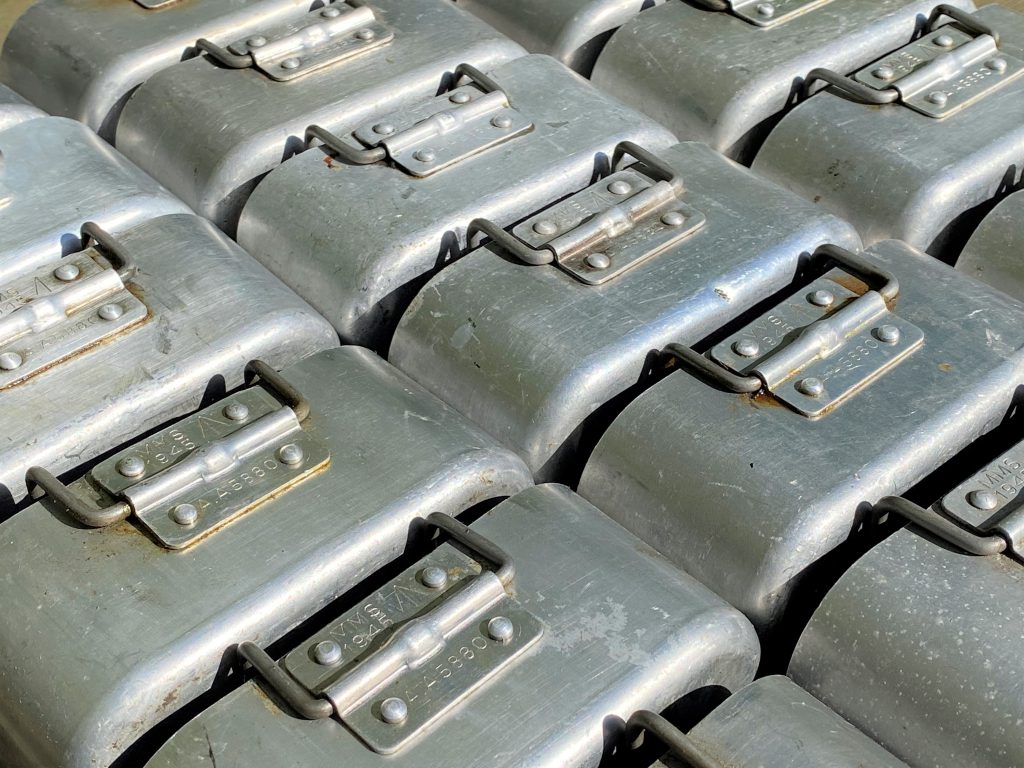
Army Mess Tins 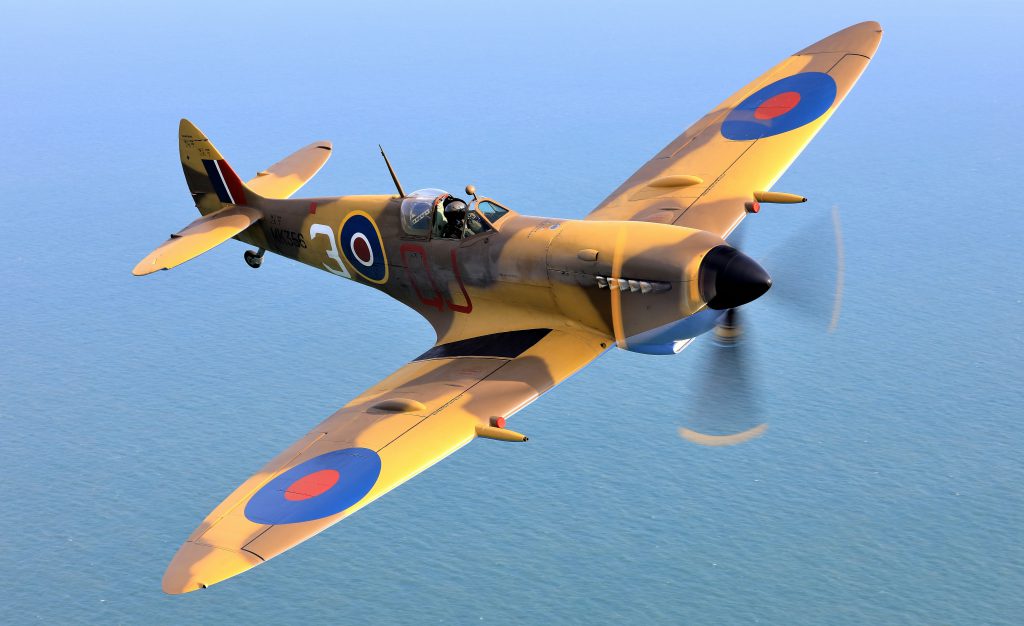
WWII Spitfire 
Landing Crafts on D-Day
Since 2004, The Westminster Collection has felt honored to be in partnership with the Royal British Legion, supporting them year on year by raising funds which enable them to continue to provide financial, social and emotional support to members and veterans of the UK Armed Forces, their families and dependents.
In support of the Royal British Legion, each year we produce a stand-out coin to mark Remembrance Day. We call it the ‘Masterpiece’.
And now, we’re excited to announce details of this year’s ‘Masterpiece’ coin…
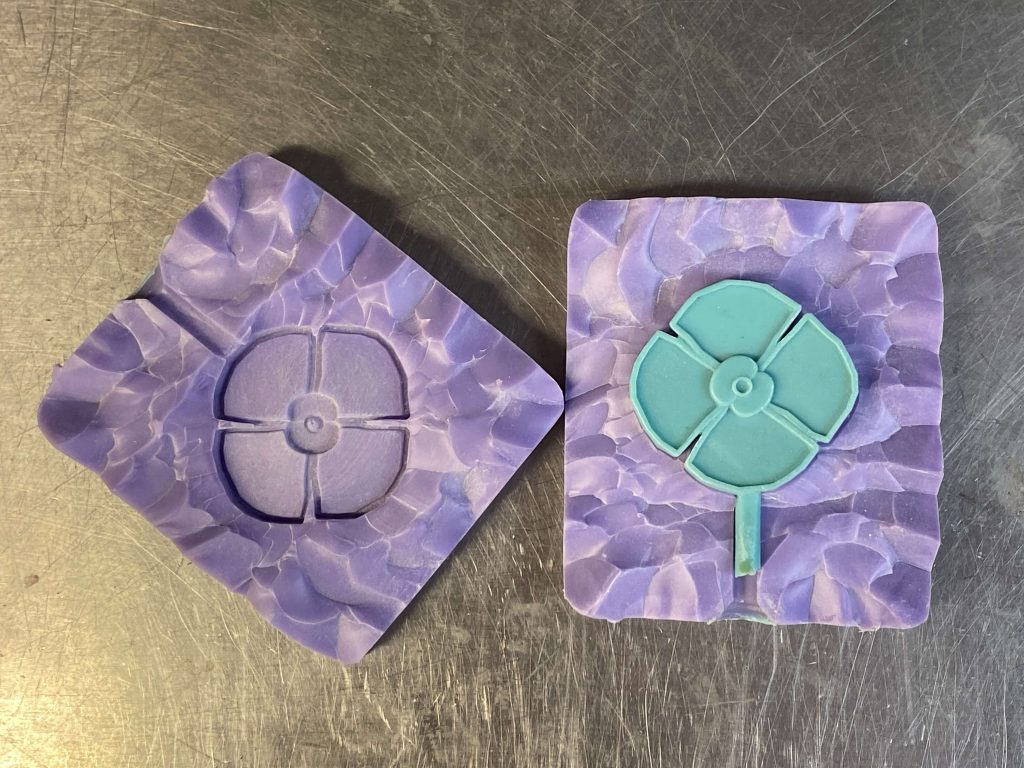
Masterpiece Poppy Coin mould 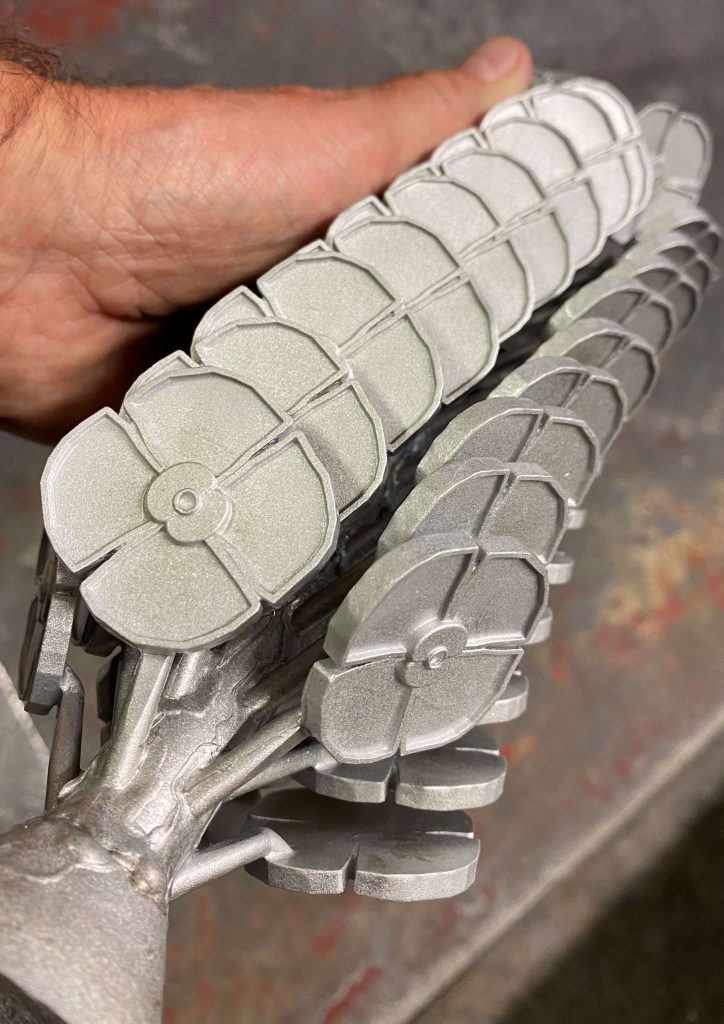
Masterpiece Poppy Coin centrepiece
When you discover the story behind the metal used to create this coin, you’ll quickly realize that it’s one of the most unique and historically fascinating coins ever released. It really does live up to its name.
The Masterpiece
As this year marks the Centenary of the Royal British Legion, an exceptional Masterpiece Poppy Coin has been released, commemorating this important milestone. It represents the three military facets of RBL ─ the Army, RAF and the Navy.
This is why we commissioned a three-dimensional ‘1921 style’ Poppy to be crafted from three pieces of historic metal representing the three divisions of the military:
1. WWII Spitfire ─ to be precise, the MK356, which flew during the D-Day campaign and shot down a German Me Bf109
2. A British Army Mess Tin from 1945
3. Landing Craft LCT7074 ─ the actual craft that landed on Gold Beach during D-Day
Historic Metals ─ crafted into a Masterpiece…
We acquired the craft metal with the kind assistance of the National Museum of the Royal Navy at Portsmouth, allowing us to source the substance from the original steel plating of the landing craft LCT 7074. LCT 7074 landed on Gold Beach on D-Day, 6th June 1944, and the plating used is from the hull that was physically in contact with the actual beach on D-Day itself. Today, LCT is the only surviving Landing Craft Tank left from this momentous day.
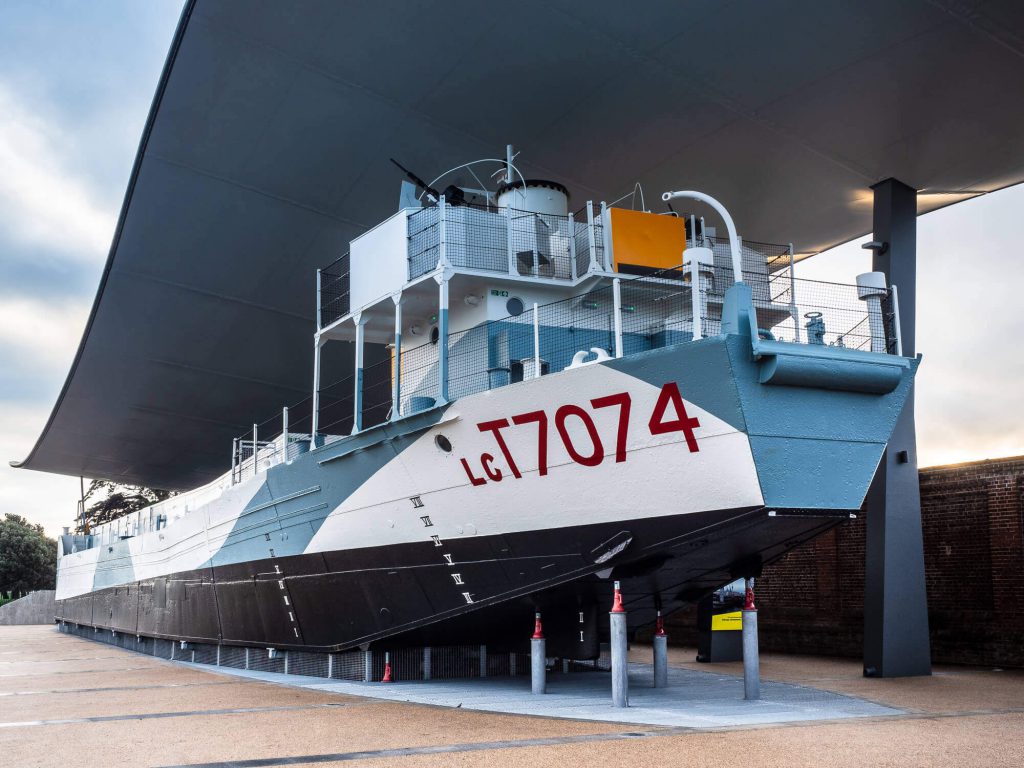
The LCT 7074 last surviving Landing Craft in Portsmouth 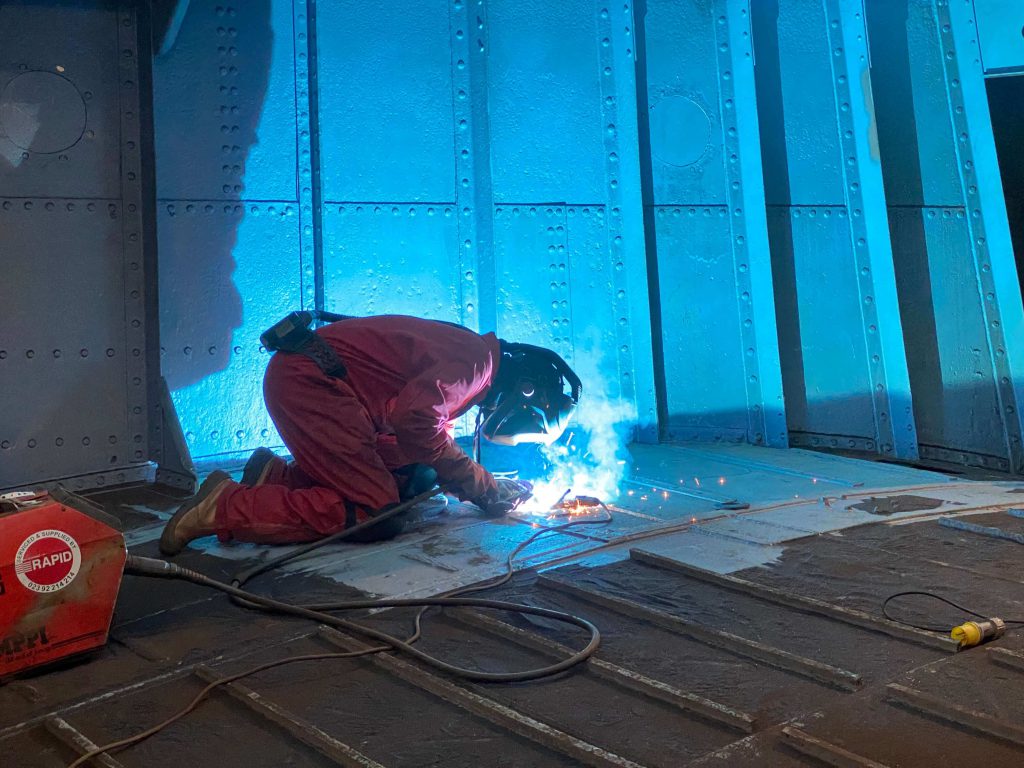
Extracting steel from the LCT 7074 Landing Craft Tank 
Steel taken from the LCT 7074 Landing Craft
You may notice dark spots visible within the red enamel of some Poppies ─ and these are the filings from the historic LCT 7074 Steel.
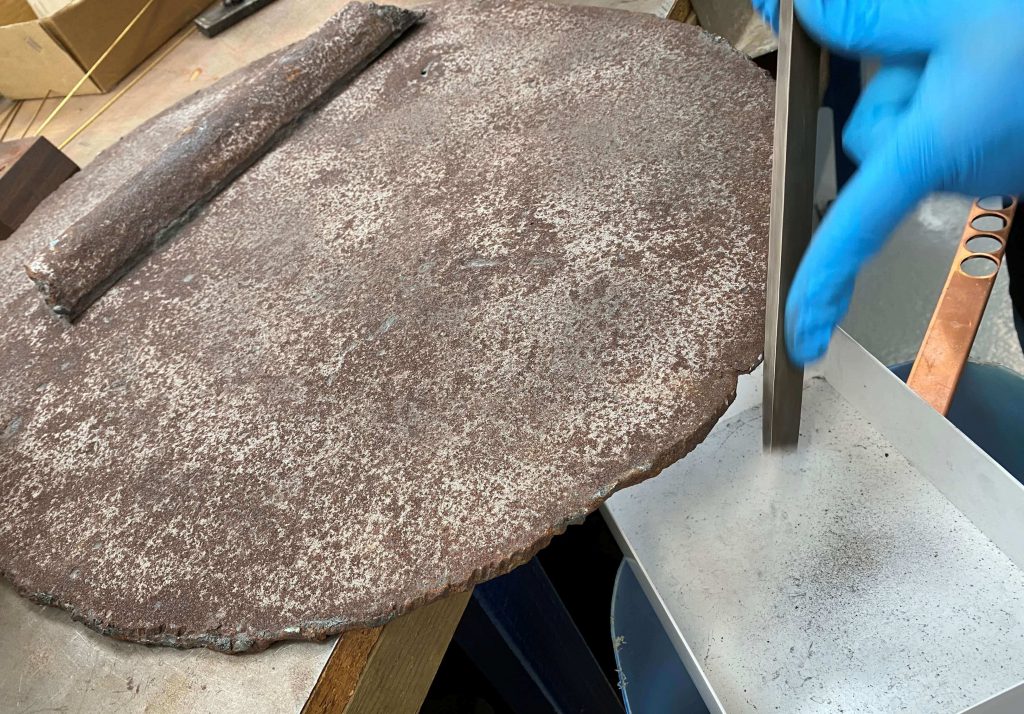
Filing the steel taken from the LCT 7074 Landing Craft 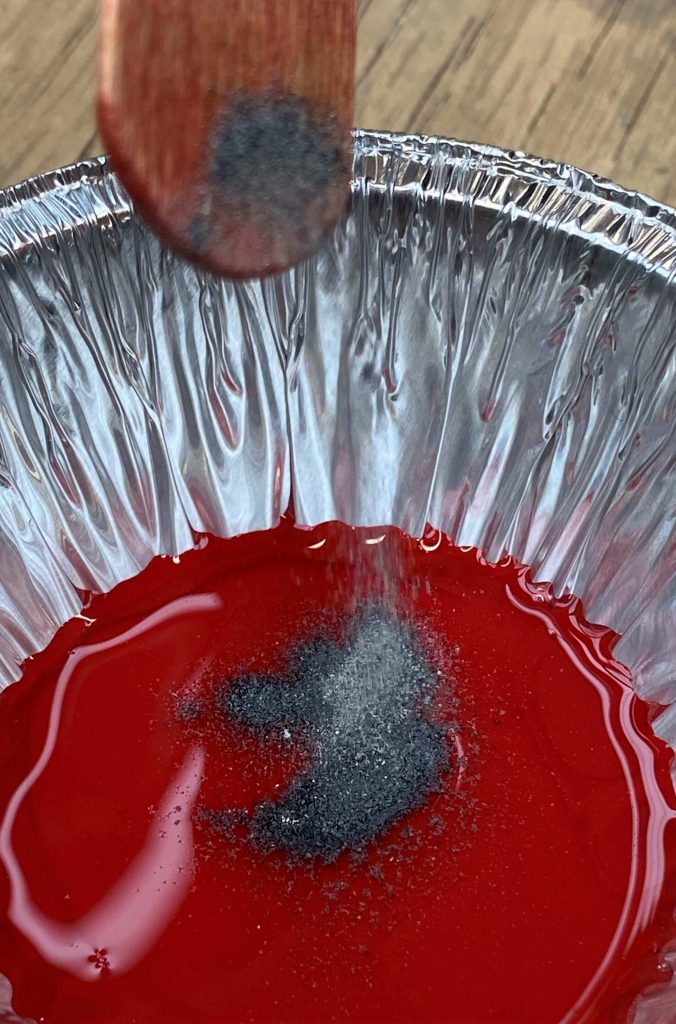
Steel filings from the LCT 7074 Landing Craft placed into the red enamel liquid for the Masterpiece Poppy Coin
The material used derived from Army origins is a combination of ex-MK356 metal and 1945 dated ex-British Army Mess Tins, mixed to a 50:50 ratio. The MK-356, officially named the Spitfire Mk IX, took an active part in D-Day operations in June 1944. The original wing main spar was removed around the year 2008, and it is this metal that has been combined with the Mess Tins.
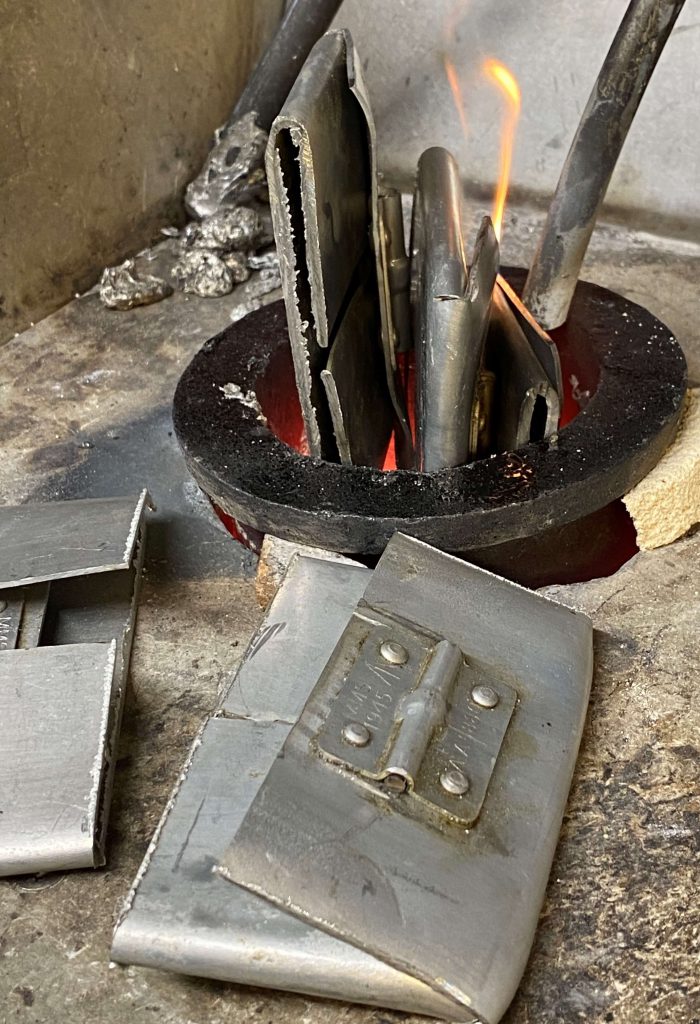
Army mess tins being melted down 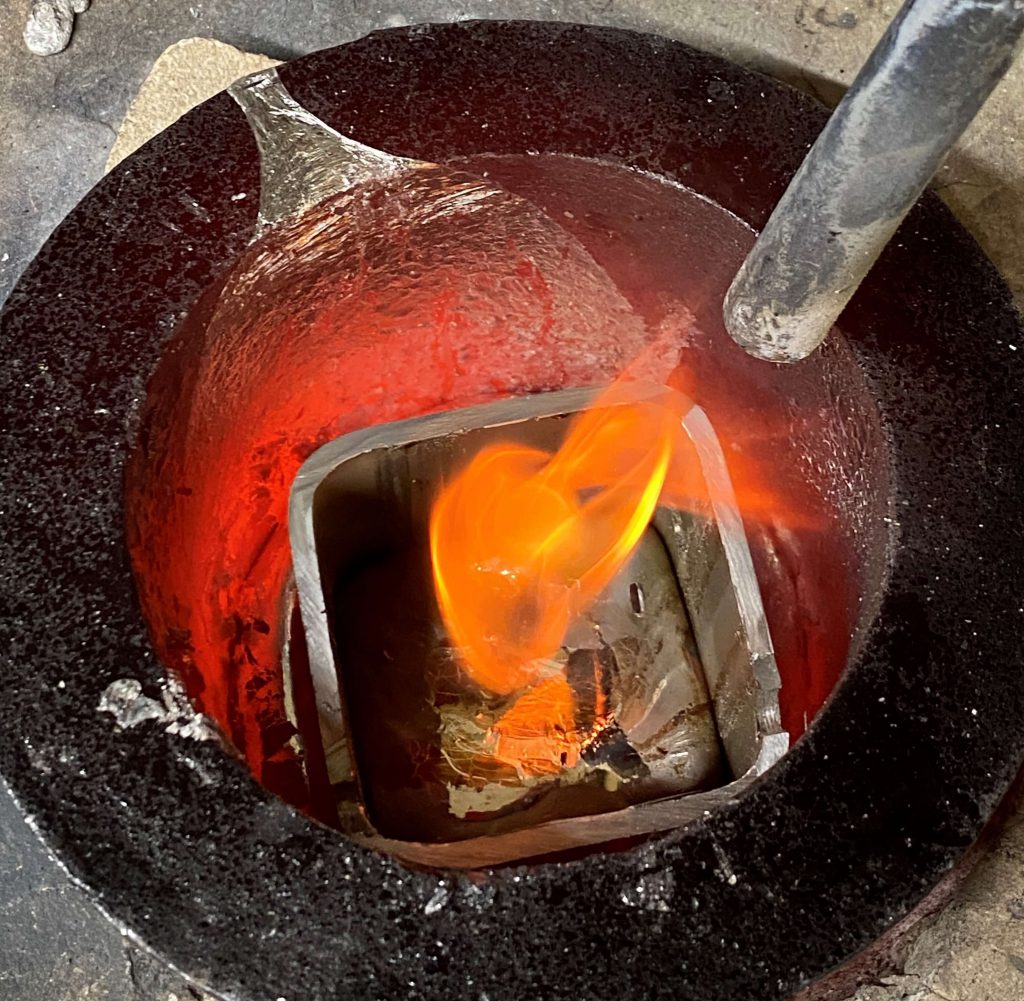
Army mess tin turning to liquid under heat
Mess tins were and still are used for a number of different things within the Army. Soldiers use them to heat food, eat from, boil water and to wash and shave in. They can be cleaned easily and used for storage of other items.
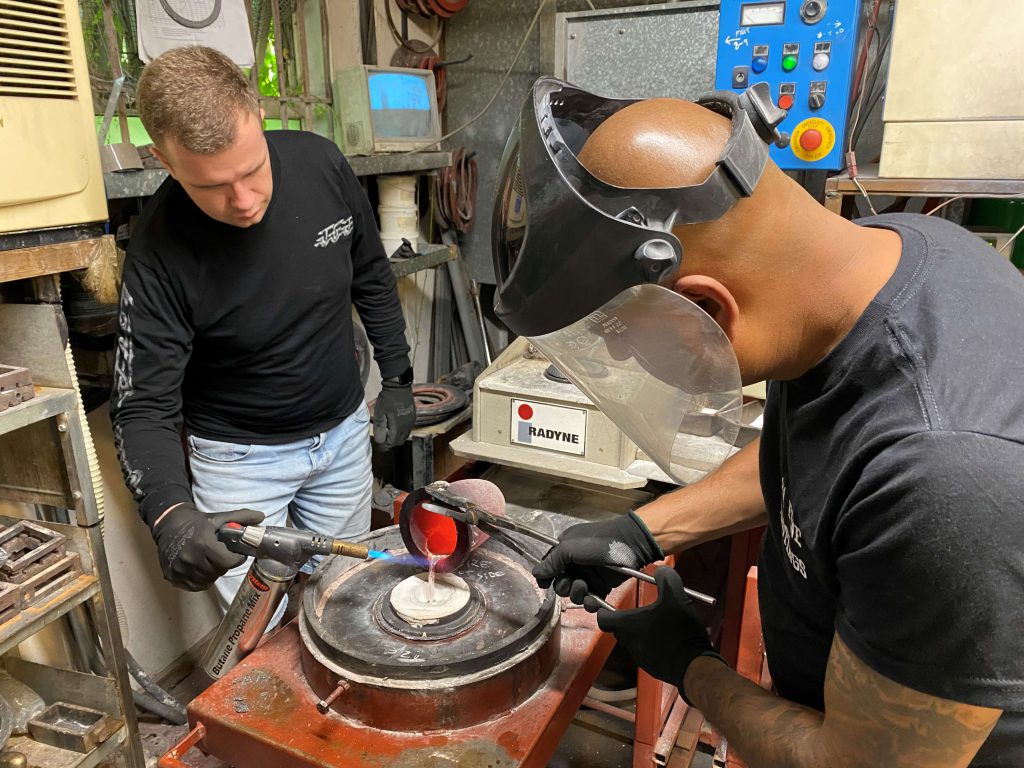
Hot Army mess tin melted liquid being handled 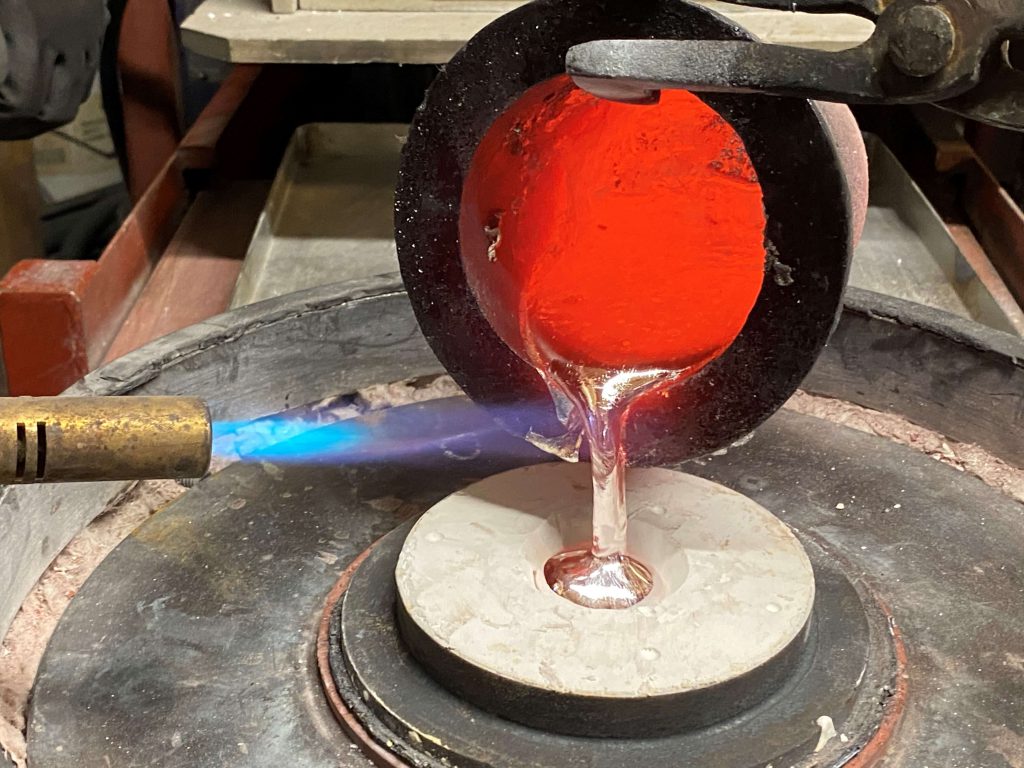
Hot Army mess tin melted liquid
During the Second World War, aluminum was a scarce commodity primarily reserved for aircraft production, and whilst perhaps not as romantic as the Spitfire, these tins are significant items ─ because an army marches on its stomach!
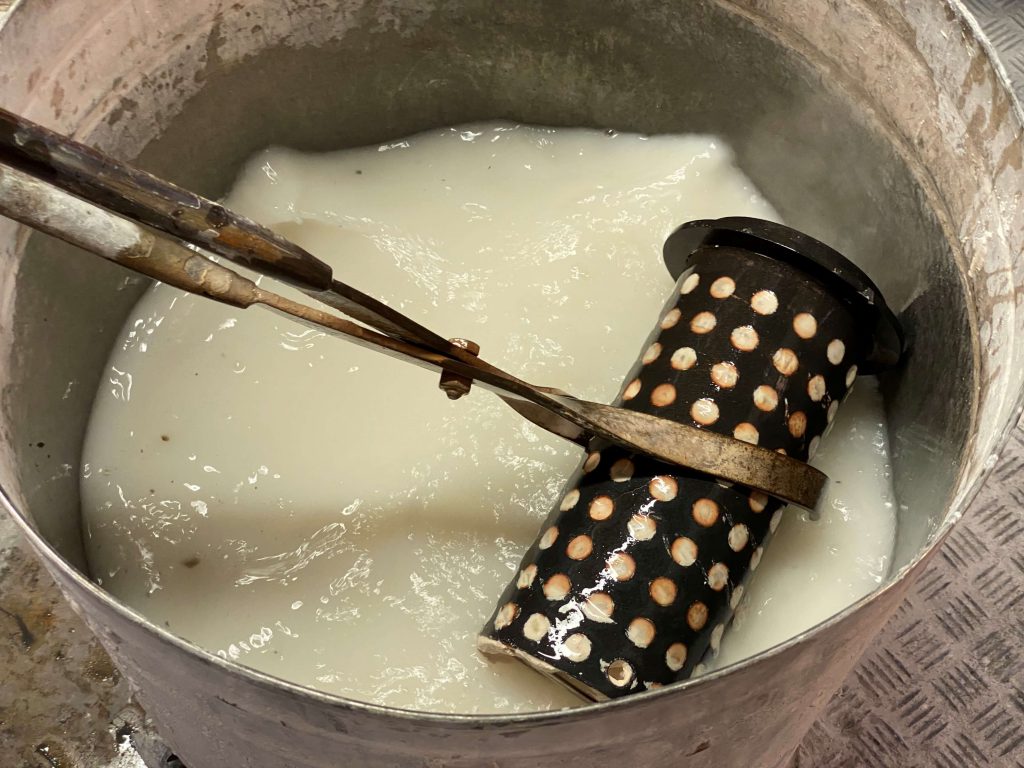
Poppy mould being put in liquid to begin the process of shaping the centrepiece for the Masterpiece 2021 Poppy Coin 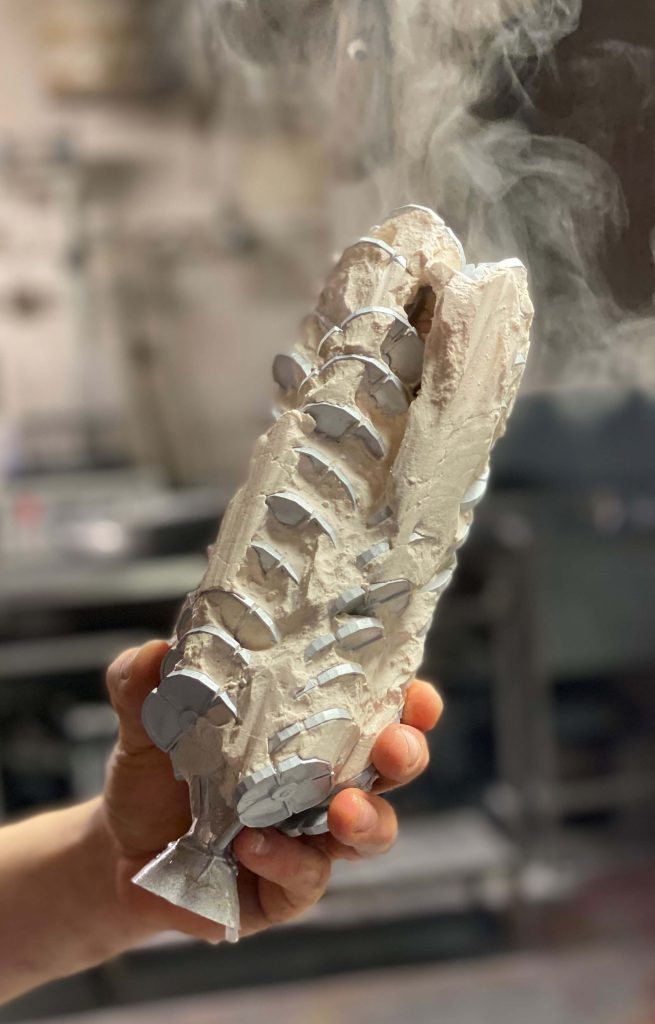
Masterpiece Poppy Coin centrepiece having come out of the liquid 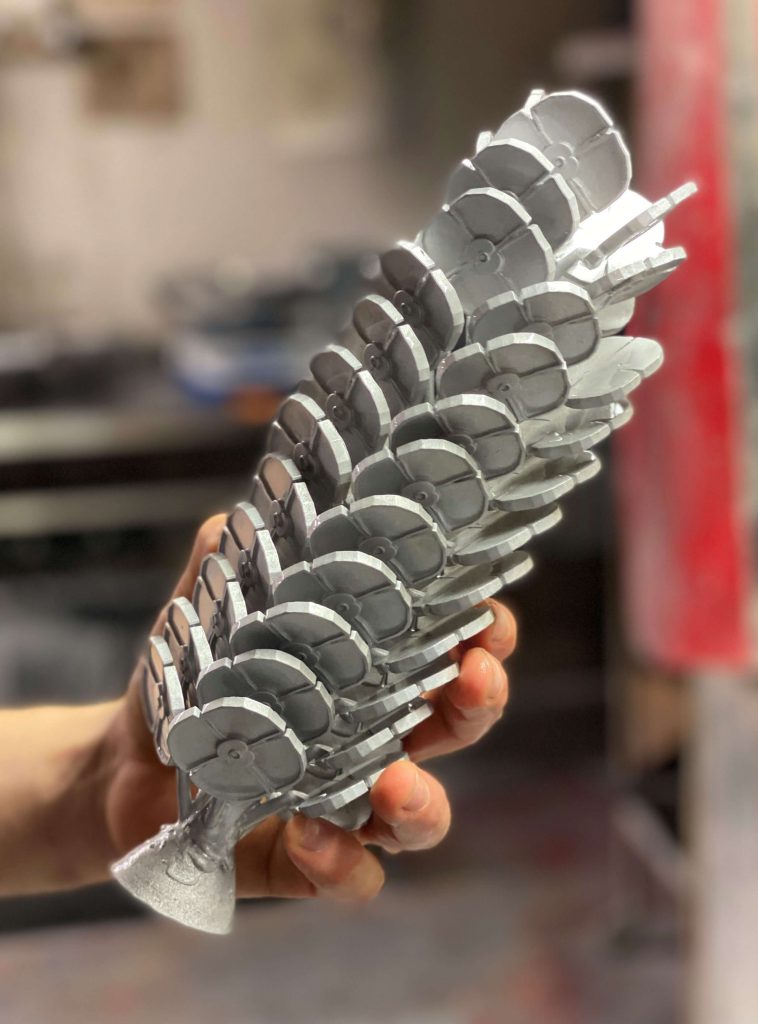
Masterpiece Poppy Coin centrepiece having been cleaned 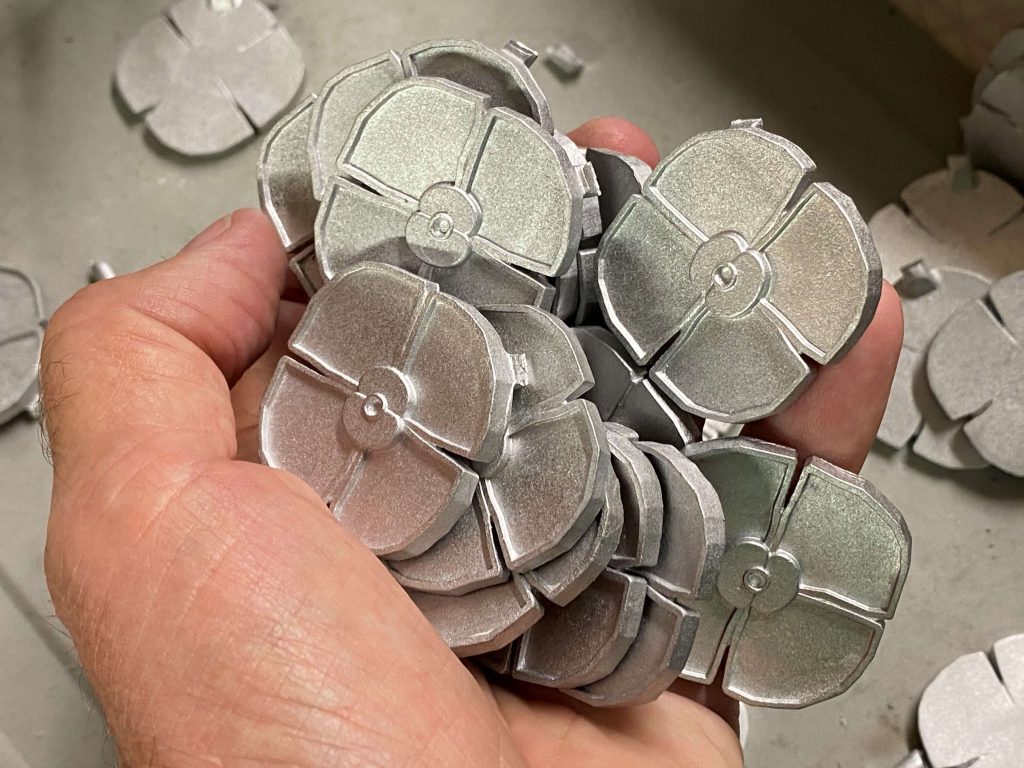
Individual Masterpiece Poppy Coin centrepieces 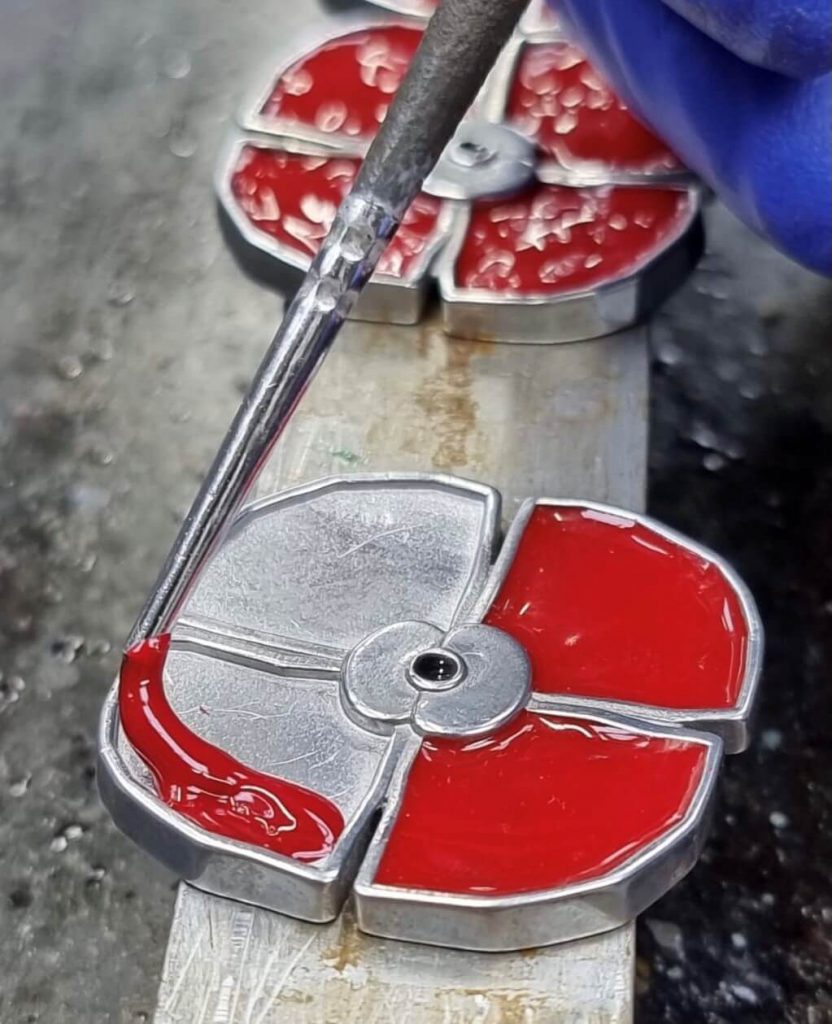
Masterpiece Poppy Coin centrepiece being filled in with the red enamel liquid 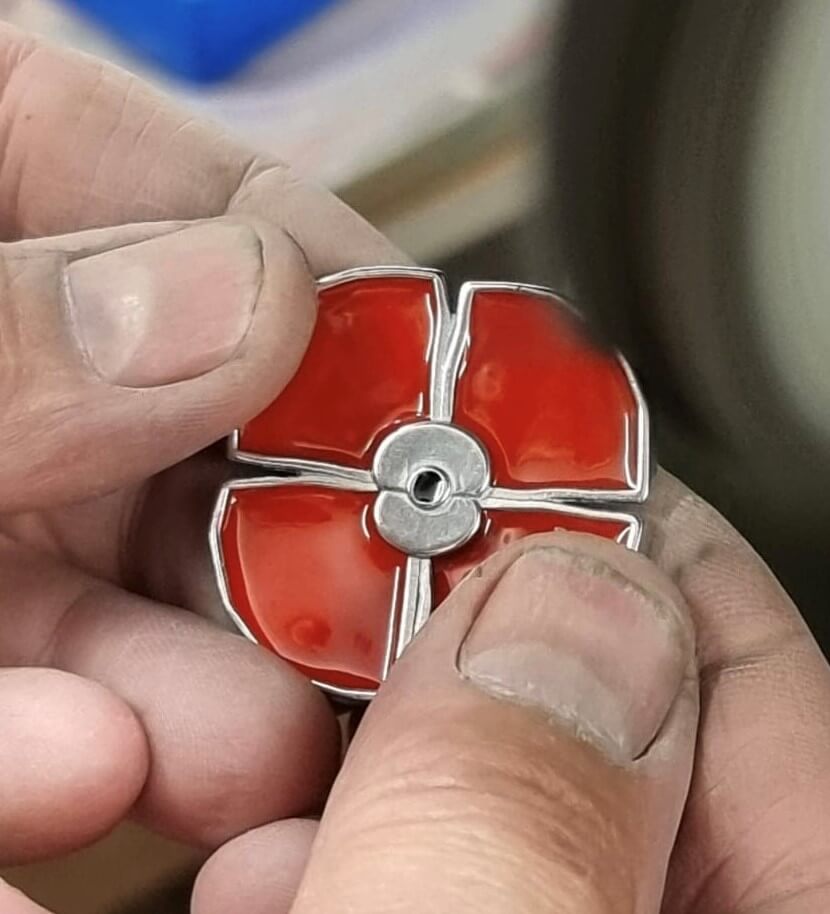
The Masterpiece Poppy Coin Centrepiece
What’s more, it has been struck from 5oz of fine 999/1000 Silver and is an impressive 65mm in diameter!

